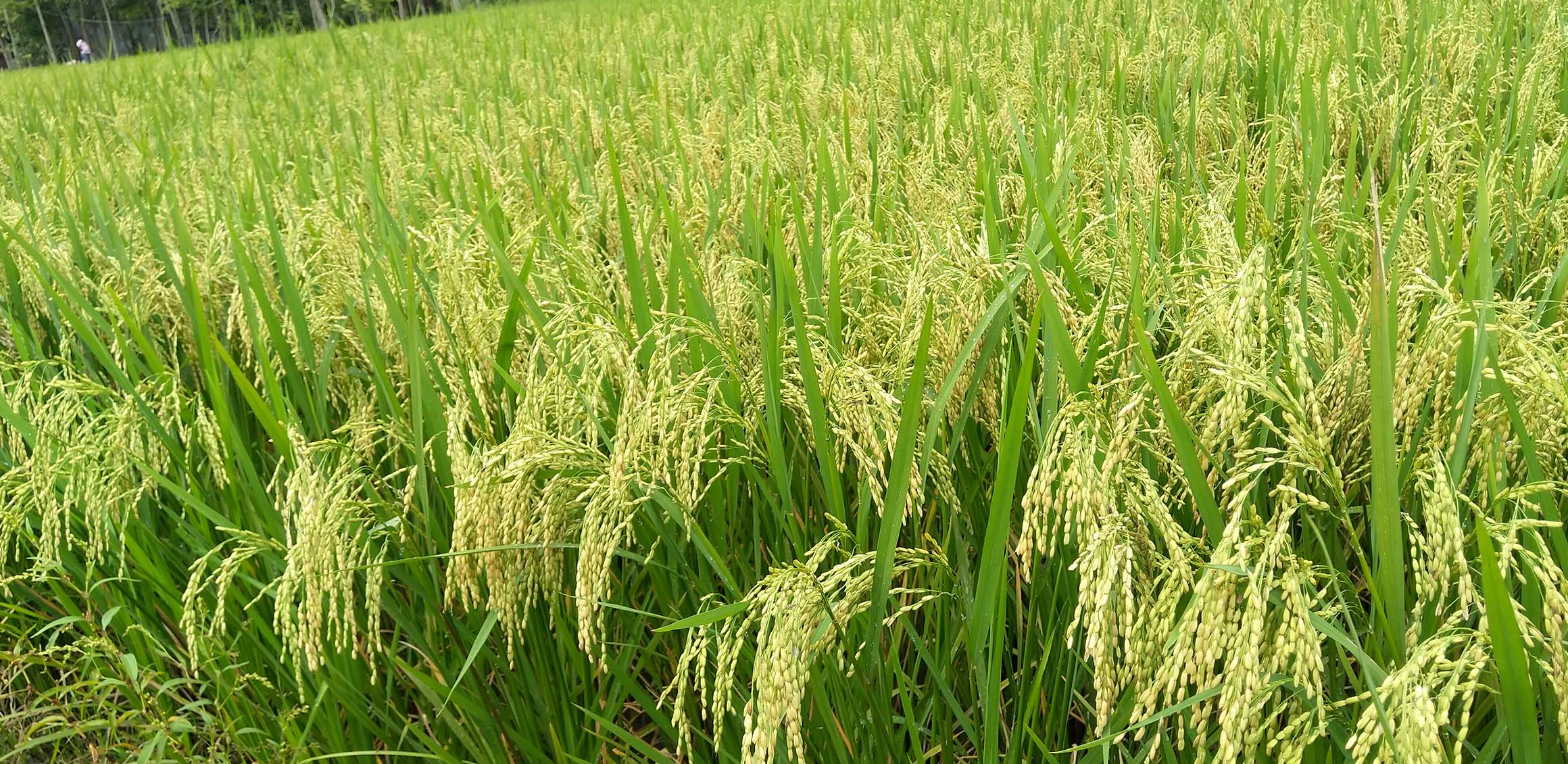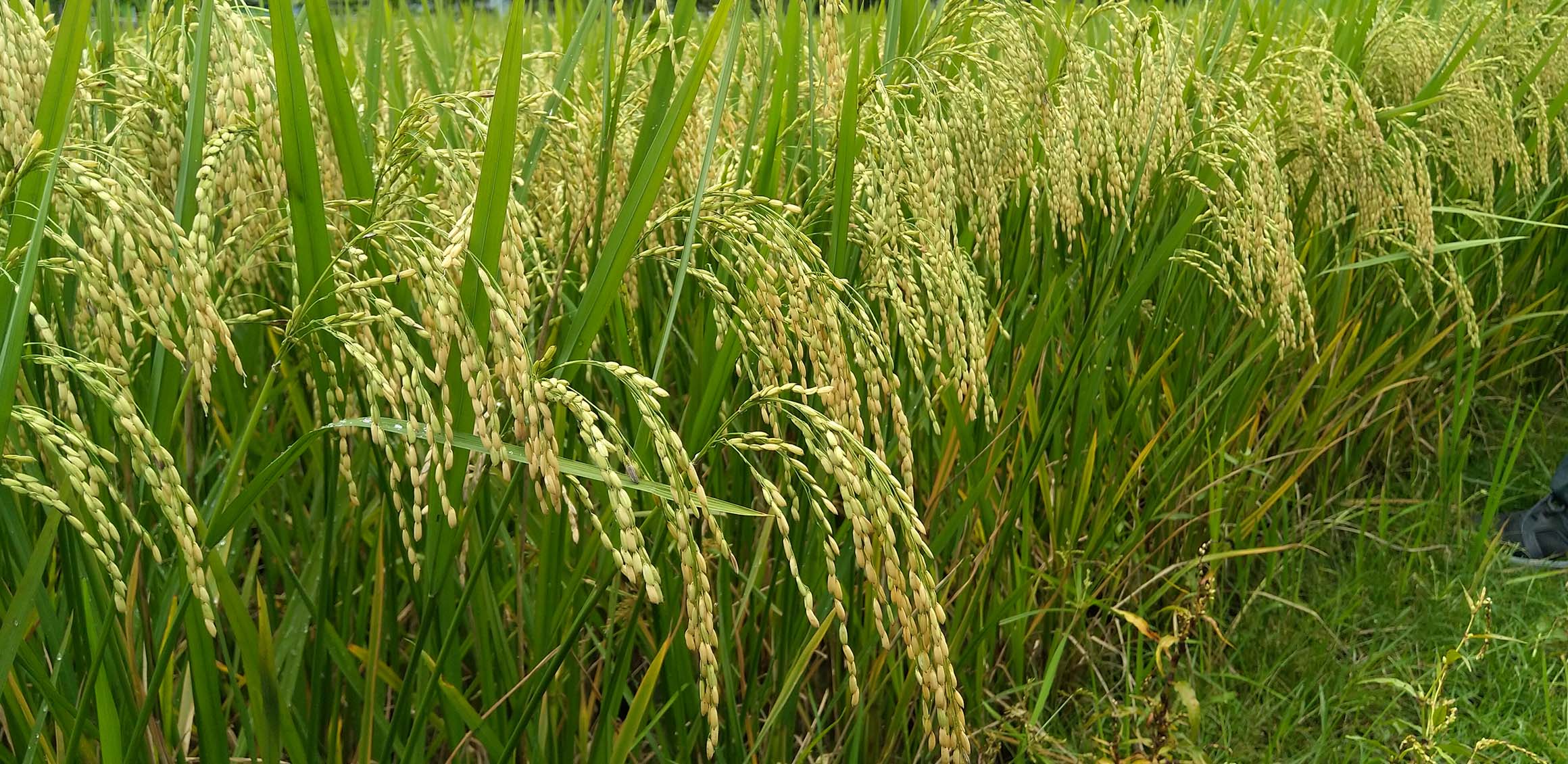The Rise of Salt-Tolerant Rice - INDAM 300-021
Why INDAM 300-021?
INDAM 300-021 is designed for environments that are typically hostile to conventional rice varieties. Its moderate tolerance to salinity (EC: 3.0-4.5 dS/m) and high alkalinity tolerance (pH: 11.5) make it a game-changer for farmers battling soil conditions that would otherwise limit rice production. This hybrid is not just about surviving; it’s about thriving in conditions that push other varieties to their limits.
Exceptional Yield and Quality
With a maturity period of 110 to 115 days, INDAM 300-021 is well-suited for both the Kharif and Boro seasons, ensuring flexibility for farmers across different regions. The yield potential is impressive, ranging from 6 to 6.5 tons per hectare, even in poor soils. This means more grain and, consequently, more food security for communities relying on rice as a staple.
The grain type, classified as LB, combined with an intermediate amylose content of 23.5%, makes this hybrid not only high-yielding but also of excellent quality. The Head Rice Recovery (HRR) stands at a solid 63.2%, ensuring that a significant portion of the harvested grain is of marketable quality.
Resilience Against Diseases
One of the standout features of INDAM 300-021 is its resilience against common rice diseases. It has demonstrated good tolerance to leaf blast and neck blast, diseases that can otherwise devastate crops. This resilience reduces the need for chemical interventions, promoting a more sustainable approach to farming.
Non-Lodging, Non-Shattering
In addition to its impressive tolerance to adverse soil conditions, INDAM 300-021 is non-lodging and non-shattering. This means that the plants remain upright, even under challenging weather conditions, and the grains stay intact until harvest. These traits further enhance the ease of cultivation and reduce post-harvest losses. Due non-lodging and medium height of the plants this hybrid is highly suitable for machine harvest.
INDAM 300-021 is more than just a rice hybrid; it’s a solution for farmers facing the challenges of poor soil quality and harsh environmental conditions.



